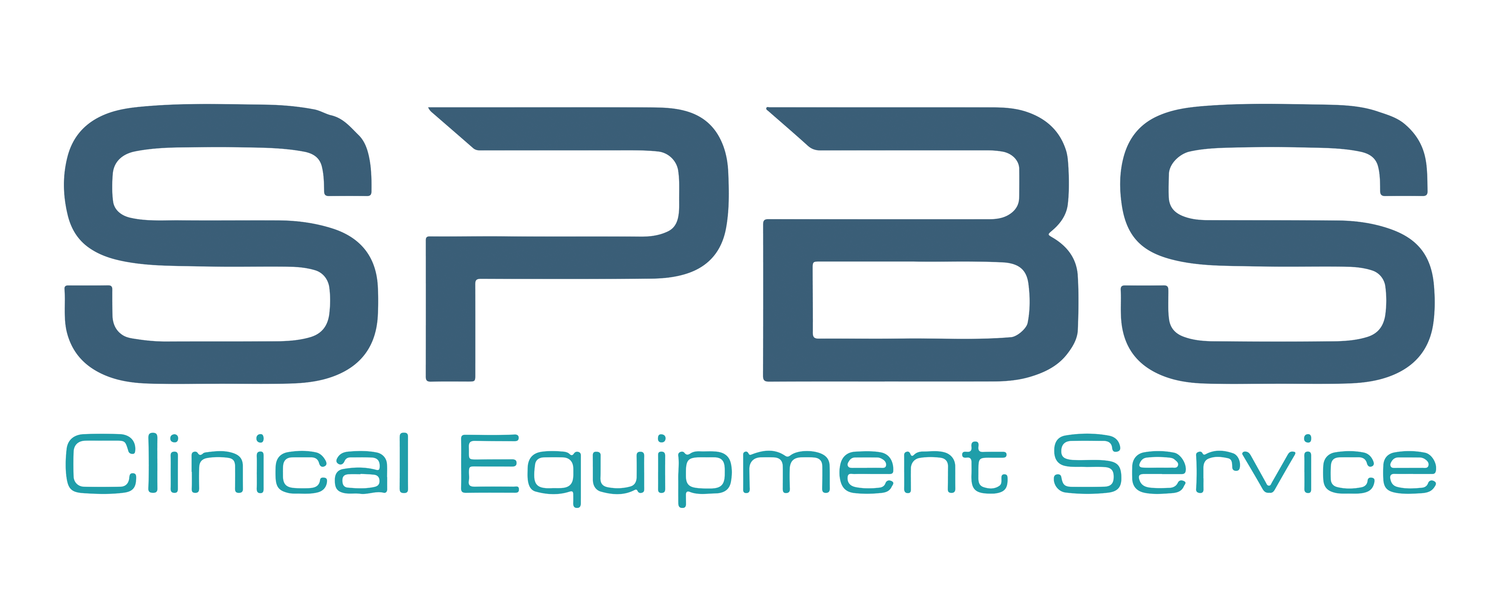Cars for hire, whether it’s a taxi, limo, or Uber, have the same general premise: one party “requests” a service, the other “fulfills” that service. But taxis are on their way out, and ridesharing, like Uber and Lyft, are on the way in. Before these technologies enhanced our day-to-day travel, it was hard to plan for a trip, you never knew how much it would cost, and drivers were not held accountable for their service. This blog addresses three lessons that clinical engineers can draw from ride sharing technologies.
1. Plan your trip
Put in a formal request. No one likes calling, waiting for what subjectively feels like a long time, and then calling back if there’s no answer. Get it scheduled and have a measurable timeframe to properly set expectations.
2. How much will this cost?
In the past, “it depends” on distance driver decided to take (if you don’t pay attention, I’ll make a few extra bucks by going the wrong way). Now, you know before you order. Similarly, it’s important to communicate to your staff how long they should expect to wait, and allow them to track your requests against the standard (SLA).
3. Importance of delivery team with incentive (ratings or employee-owned)
Ridesharing apps highly encourage a ranking system. Because of this, drivers will ask you about your day, provide bottles of water, and even offer snacks or to connect to your favorite music station. Vendors don’t have to be strangers. Try surveying your staff from time to time and share the results with the engineering team – if you have the right staff, they’ll take feedback seriously and be proud of their service.

